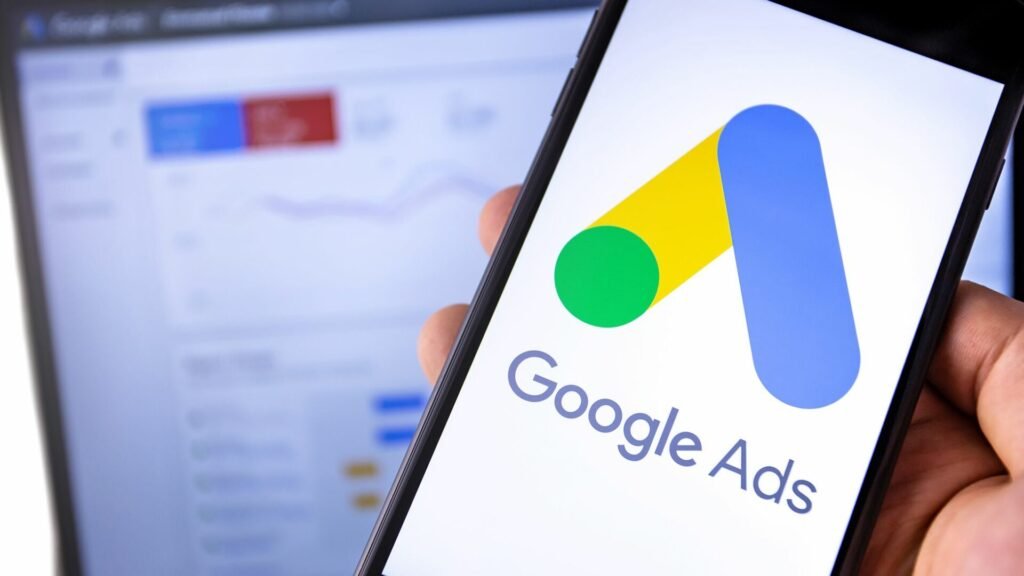
Google Ads (formerly known as Google AdWords) is one of the most effective and powerful digital marketing tools available to B2B businesses today. With its ability to reach highly targeted audiences based on specific search queries, demographics, and interests, Google Ads can help B2B companies generate qualified leads, boost brand visibility, and ultimately increase sales. However, running a successful Google Ads campaign requires strategy, optimization, and ongoing management.
In this blog post, we’ll guide you through the steps of setting up, managing, and optimizing a Google Ads campaign for your B2B business. Whether you’re a beginner or have experience running ads, these tips will help you get the most out of your Google Ads campaigns.
- Set Clear and Measurable Campaign Goals –
Before launching a Google Ads campaign, it’s important to set clear, measurable objectives. This allows you to track progress and determine what success looks like for your business. For B2B companies, common campaign goals include generating quality leads, increasing website traffic, improving brand awareness, or promoting a specific product or service. Define specific Key Performance Indicators (KPIs) such as the number of leads generated, cost per lead, or conversion rate to measure the effectiveness of your ads and adjust accordingly.
- Utilize Negative Keywords –
A common mistake in Google Ads campaigns is failing to use negative keywords, which can waste your budget by attracting irrelevant traffic. Negative keywords help prevent your ads from showing up for searches that are not related to your business. For example, if you sell B2B software, you might add “free” as a negative keyword to avoid attracting users searching for free software solutions. Regularly review your search terms report and add irrelevant or unrelated terms as negative keywords.
- Set a Realistic Budget –
Google Ads operates on a pay-per-click (PPC) model, which means you only pay when someone clicks on your ad. It’s important to set a budget that aligns with your overall marketing goals. Start with a modest daily budget and monitor performance closely, adjusting as necessary. Also, consider your max cost-per-click (CPC)—this is the maximum amount you’re willing to pay for each click. Higher CPC bids generally result in better ad positions, but they can also quickly eat into your budget if not managed properly. By testing and optimizing your bids and budget over time, you can make the most of your advertising spend.
- Target the Right Audience –
Effective targeting is one of the main reasons Google Ads is so powerful. B2B businesses benefit from being able to narrow down their audience based on industry, company size, job titles, and other demographic factors. Begin by conducting thorough keyword research to identify what your target audience is searching for. Tools like Google Keyword Planner can help you find relevant keywords. Once you’ve identified your keywords, you can also use demographic targeting to focus on decision-makers in specific industries or companies. Remarketing is another valuable strategy—this allows you to target people who have previously visited your website but didn’t convert, keeping your brand top of mind.
- Create Compelling Ad Copy –
Your ad copy is the first impression potential customers will have of your business, so it’s essential to make it clear, compelling, and action-driven. Focus on the benefits of your product or service rather than just listing features. For example, instead of saying “Our software has automated processes,” say “Automate your tasks and increase efficiency by 30% with our software.” Be sure to include a clear call to action (CTA), such as “Request a Free Demo” or “Get Your Consultation Today.” Including relevant keywords in your ad copy will also help increase the relevance of your ads, improving their chances of showing up in search results.
- Optimize Landing Pages
The landing page your ad directs visitors to is just as important as the ad itself. Make sure that the page matches the promise made in the ad. For example, if your ad promises a free consultation, the landing page should make it easy for users to schedule that consultation. The page should be user-friendly, visually appealing, and mobile-optimized, as many users will be accessing your site via their phones. Simple and clear lead capture forms are essential—only ask for necessary information, as shorter forms tend to convert better.
Conclusion –
Running a successful Google Ads campaign for your B2B business requires careful planning, ongoing optimization, and a focus on your goals. By defining clear objectives, selecting the right campaign type, targeting the right audience, and continually optimizing your efforts, you can drive qualified leads and ultimately grow your business. Regular analysis and adjustments will help you get the most out of your Google Ads campaigns, ensuring a solid return on investment. With the right strategy, Google Ads can be one of the most effective digital marketing tools in your B2B arsenal.


